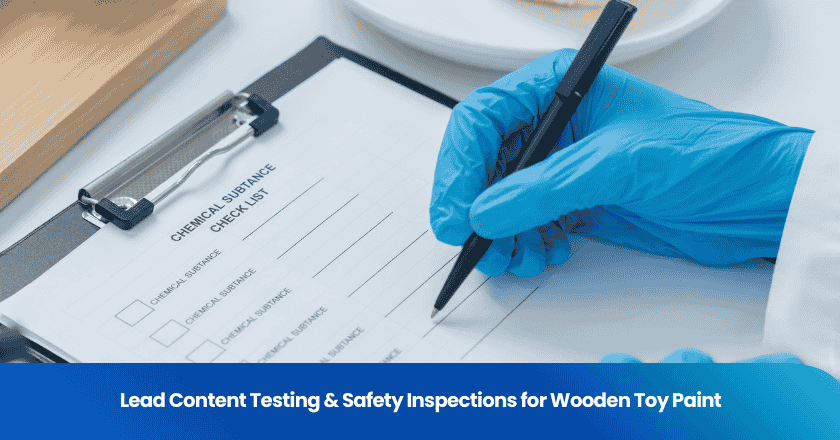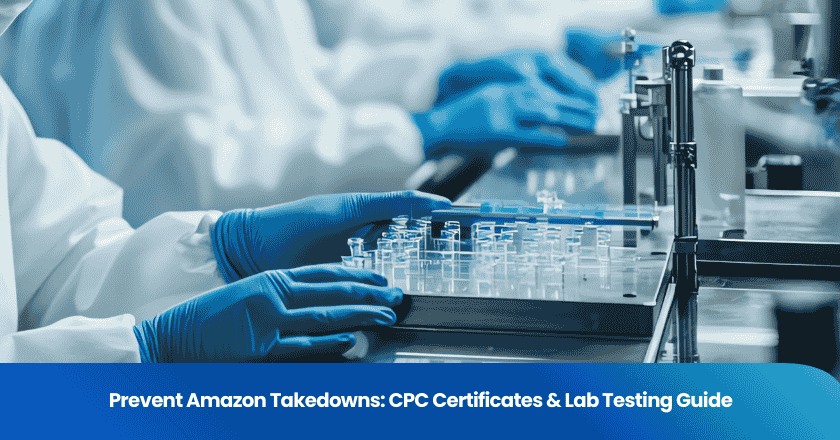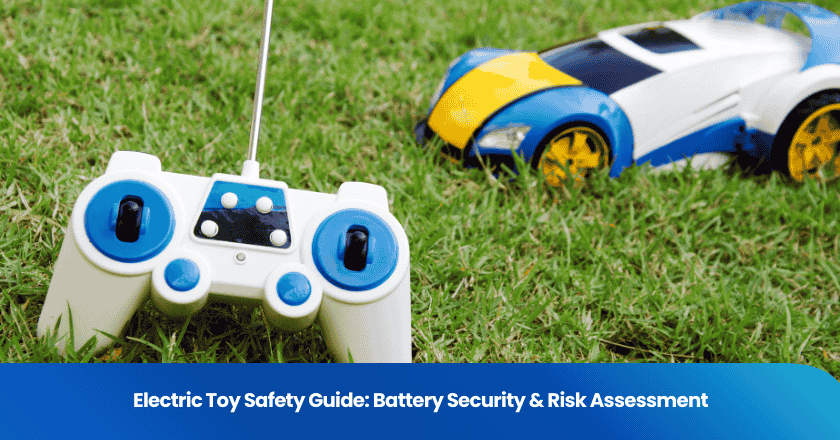
Quality Control (QC) in the garment industry serves as the cornerstone for ensuring product excellence, customer satisfaction, and market competitiveness. As consumers' expectations for high-quality and ethically produced garments continue to rise, the significance of quality control becomes increasingly evident. Quality control ensures that every garment meets established standards, encompassing every aspect from fabric integrity to process consistency. This process helps reduce defects, enhance brand reputation, and bolster consumer trust.
Reliable quality control practices help brands consistently deliver high-quality products, reducing the risk of returns and negative reviews. Brands that prioritize quality are more likely to earn the trust and loyalty of consumers.
1. Quality control pillar in garment manufacturing
Raw material inspection: ensuring the standards of fabrics and materials
The foundation of quality begins with raw materials. In the garment manufacturing process, the inspection of fabrics and accessories is particularly crucial. Strict inspections are conducted on these raw materials to ensure they meet a series of quality benchmarks. These benchmarks include, but are not limited to, key indicators such as fabric durability, color fastness, and texture. Through this step, raw materials that do not meet the requirements can be effectively screened out, ensuring the smooth progress of the subsequent production process and the high quality of the final product.
Pre-production samples: Establish quality benchmarks
Before mass production, pre-production samples are created to establish a quality benchmark. These samples provide intuitive quality references and set the quality standard for the subsequent production process. The pre-production samples are carefully crafted and rigorously reviewed to ensure that they meet the expected standards in terms of appearance, size, and sewing craftsmanship. During mass production, these samples can serve as a guide to maintain production consistency and ensure that every garment meets the established quality requirements.
Production process inspection: Monitor the production process
Production process inspection involves checking clothing at different stages of production. Regular inspections are conducted to ensure the smoothness of the production process and the stability of product quality. Proactive quality control methods can identify problems early, such as sewing errors and fabric defects, so that timely measures can be taken to correct them. Through production process inspection, waste in the production process can be reduced, production efficiency can be improved, and it can be ensured that every piece of clothing meets the established quality standards.
Final inspection: verifying finished garments
Conduct a comprehensive and meticulous inspection of the finished garments to ensure they meet all specified quality standards. The inspection covers various aspects such as size, sewing craftsmanship, packaging, and labeling. Through final inspection, we ensure that every garment is presented to consumers in the most perfect state, gaining market recognition and trust.
2. Key standards for garment quality control
In the garment industry, quality control is a core aspect to ensure product quality and meet consumer expectations. To achieve this goal, it is particularly important to adhere to international quality standards and regional regulations and compliance requirements.
International quality standards (such as ISO 9001, ASTM)
Globally recognized quality standards such as ISO 9001 and ASTM provide a consistent and authoritative framework for quality management practices in the garment industry. The ISO 9001 standard emphasizes the importance of a quality management system, requiring enterprises to establish, implement, maintain, and continuously improve their quality management processes to ensure product consistency and meet customer needs. The ASTM standard covers various aspects such as performance testing and evaluation methods for garment materials, providing specific technical guidance and specifications for the garment industry.
Regional regulations and compliance requirements
In addition to international quality standards, adhering to regional regulations and compliance requirements is also an indispensable aspect of garment quality control. For instance, the REACH regulation in Europe imposes strict restrictions on chemical substances used in clothing, mandating that companies ensure their products do not contain harmful substances to safeguard the health of consumers and the environment. Meanwhile, the Consumer Product Safety Improvement Act (CPSIA) in the United States sets higher safety standards for children's clothing, ensuring that children's garments meet safety criteria throughout the design, production, and sales processes.
3. The benefits of implementing robust quality control
Reduce defects and returns
An effective quality control system can minimize errors and defects in the production process, thereby reducing the risk of product recalls and returns. For any enterprise, product recalls and returns represent a significant financial burden, involving not only direct cost expenditures but also potentially causing immeasurable damage to the company's reputation. By implementing strict quality control, enterprises can ensure that product quality and performance meet expected standards, reduce recalls and returns due to quality issues, effectively reduce financial and reputational costs, and safeguard the stable operation of the enterprise.
Enhance consumer satisfaction and loyalty
Consumers value consistent quality, and products of consistently high quality can win the trust of consumers, further promoting their repeat purchase behavior and cultivating brand loyalty. In today's fiercely competitive market environment, consumer loyalty is a valuable intangible asset for enterprises. It can bring stable sources of income to the enterprise and attract more potential customers through word-of-mouth. By implementing a robust quality control system, enterprises can continuously improve consumer satisfaction and loyalty, laying a solid foundation for the long-term development of the brand.
Ensure ethical and sustainable practices
When implementing a quality control system, enterprises should also focus on ensuring that the manufacturing process adheres to ethical labor practices and environmental sustainability requirements. This includes complying with relevant laws and regulations, safeguarding employee rights and interests, and reducing environmental pollution. By doing so, enterprises can meet consumers' demands for responsible production, enhance their brand image, and win the favor and support of more consumers.
4. Challenges in quality control and their coping methods
In the garment production process, quality control is a crucial step to ensure product quality, meet consumer expectations, and maintain brand reputation. However, this process often faces numerous challenges, such as common quality issues like inconsistent fabric quality, improper sewing, and size deviations. To effectively address these challenges, enterprises need to adopt a series of strategies to ensure supply chain consistency and strictly adhere to quality standards.
Common quality issues in garment production
In the garment production process, inconsistent fabric quality is a common issue. Different batches of fabrics may exhibit color variations, uneven thickness, or differences in hand feel, which directly impact the appearance and comfort of the finished products. Additionally, improper sewing techniques are also a significant cause of quality issues. Issues such as loose stitching, uneven stitches, or residual thread ends not only affect the aesthetics of the garments but may also shorten their lifespan. More seriously, size deviations also occur frequently. Garments that are either too large or too small can lead to consumer dissatisfaction, even resulting in returns and complaints, thereby damaging the brand's reputation.
Strategies for addressing supply chain inconsistencies
To effectively address these quality issues, enterprises need to adopt a series of strategies to resolve inconsistencies in the supply chain. Firstly, conducting regular supplier audits is crucial. By comprehensively evaluating suppliers' qualifications, production capabilities, and quality management levels, enterprises can screen out qualified partners and ensure the stable and reliable quality of raw materials and auxiliary materials.
Secondly, implementing training programs is also an effective way to enhance supply chain consistency. Enterprises can provide training to suppliers' employees in areas such as quality awareness, sewing skills, and fabric identification, thereby improving their professionalism and operational skills. In this way, suppliers can better understand and adhere to the enterprise's quality standards, reducing the occurrence of quality issues.
Finally, the adoption of advanced quality control tools is also indispensable. Enterprises can introduce advanced technologies such as automated detection equipment and intelligent management systems to conduct real-time monitoring and data analysis of key links in the production process. These tools can help enterprises promptly identify potential quality issues and take corresponding corrective measures to ensure that product quality meets established standards.
END
Quality control is not merely a process, but a commitment to excellence. By upholding standards and enhancing trust, quality control can bolster brand reputation and ensure long-term success. Cultivating a culture of continuous improvement will help clothing manufacturers maintain their competitiveness in a dynamic market.
Grow your business with TradeAider Service
Click the button below to directly enter the TradeAider Service System. The simple steps from booking and payment to receiving reports are easy to operate.



